American Pickers helps rocker Jack White get ’70s studio van back on the road
Jack White is into history and preservation almost as much as he’s into music. That says a lot considering he’s a 12-time Grammy Award winner. It also contextualizes White’s friendship with treasure-hunting TV personality Mike Wolfe, of American Pickers fame, who’s so into history-crazy that he purchases old buildings and brings them back to life.
True to form, White was ahead of the curve on the resurgence of vinyl records, founding Detroit’s Third Man Records in 2001. Upon invitation, Wolfe and the American Pickers crew visited Third Man while filming in Detroit for a recent episode of the History Channel series.
The real surprise actually came later, when White revealed the actual reason he’d invited Wolfe and pickin’ partner Danielle Colby to stop by. He wanted them to see a box truck he’d just purchased.

Not just any box truck, mind you, but a 1969 Chevrolet P30 van that was converted into a mobile recording studio. It played a big role in capturing some historic rock performances, mostly in the 1970s.
“It looks like a box truck … a rusted, dirty box truck, (but) come around the back … This is a mobile recording truck,” White says. “You can actually take this truck to a live show … Truck pulls up, we wire everything up, you record straight to the truck. You don’t have to set up anything inside the venue.”
White and studio engineer Bill Skibbe discovered the aluminum-bodied truck in Yellow Springs, Ohio, about 20 miles east of Dayton.
“We saw it, freaked out, and bought it on the spot,” Skibbe says. “We didn’t know any of its history.”
The mobile studio was built in 1971 by an 18-year-old engineer working for a Detroit company called Metro Audio. Among the ’70s albums it recorded live were Bob Seger’s Live Bullet, KISS’s Alive!, Lynyrd Skynyrd’s One More From the Road, and Sid Vicious’ Sid Sings, which was released in 1979, a year after his death.
“You know, you hear rumors of things like this,” White says. “This is one of those mythological things that you think may not even exist.”
In addition to its rock concert pedigree, the truck was also used to record audio for feature films, on-location TV news reports, and even recorded President Jimmy Carter’s inaugural address on January 20, 1977.
Skibbe says most of what’s known about the truck comes from older engineers familiar with its history. He says the truck’s original owner, Metro Audio’s Charles Buchanan, retired to Florida in the ’80s and took the truck with him, and from there it faded from view—and most people’s memory. Now that the van has been found, White wants to restore it and put it back to work. There’s just one problem: it’s missing its original trailer.

That’s where Wolfe, Colby, and American Pickers come in. White and Skibbe asked for their help in locating that original one-off trailer. According to the truck’s original brochure, which touts it as “A Sound choice … for on-location, multi-track sound recording,” the accompanying trailer featured a tools and service area, room for storage, and a refrigerator.
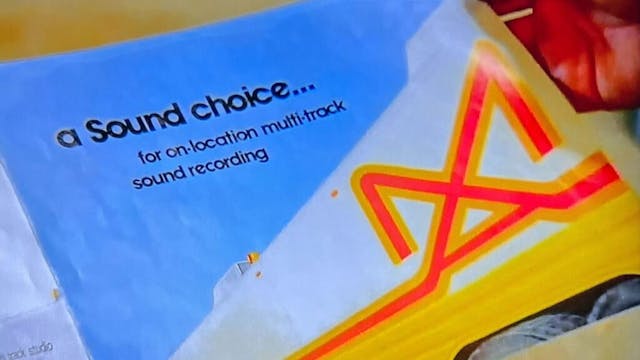
“It’s a vital part of this thing,” Skibbe says.
“We have to at least try (to find it),” White adds.
“It’s a tall order, dude,” Wolfe warns.
Regardless, Wolfe and Colby are going to try. Well, technically, since the show is shot so far in advance of its air date, they already did. We’ll soon find out if they were successful.
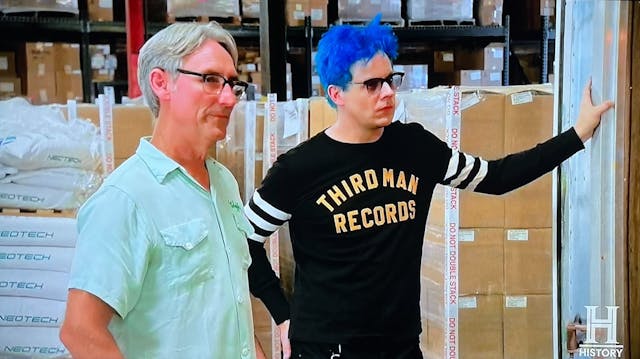
“Jack’s passion for this project is contagious,” Wolfe says. “It’s a tall order, but when you think about what this vehicle has done, I’m honored to be connected to it. This is a big deal.”
Wolfe also offers some encouragement. “You’re already halfway there,” he says upon hearing the rumble of Chevy’s 350-cubic-inch V-8, which started right up. Skibbe jokes, “It’s like a hot rod, a recording studio, and a taco truck in one.”
White is thrilled at the thought of bringing back a treasured piece of music history.
“The thing I like about this truck,” he says, “is it’s a romantic way for people to experience recording music in a way that can inspire them to do something they wouldn’t normally do … embracing the historical things that worked in the past that were soulful and beautiful.”
Check out the Hagerty Media homepage so you don’t miss a single story, or better yet, bookmark it.

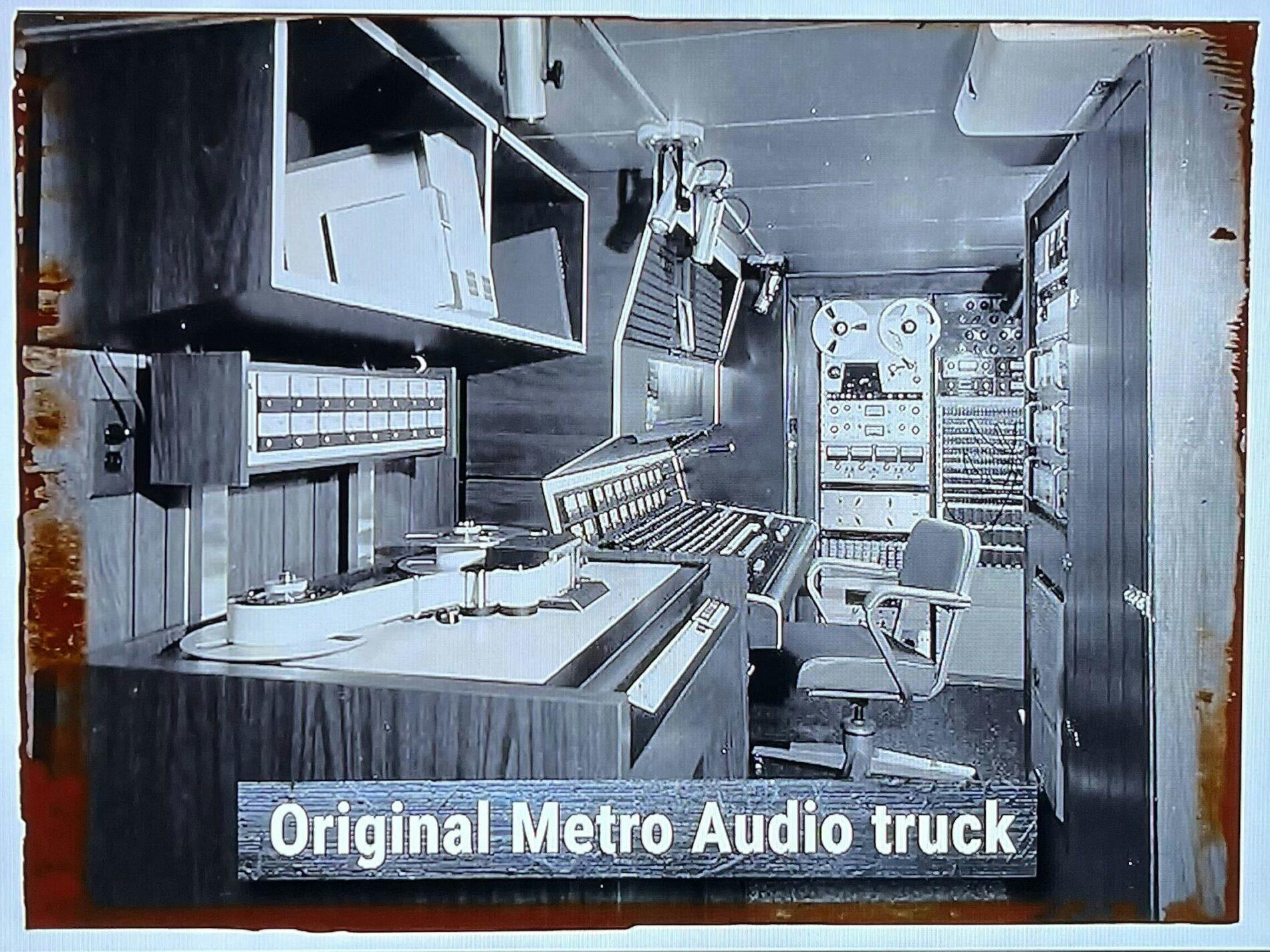
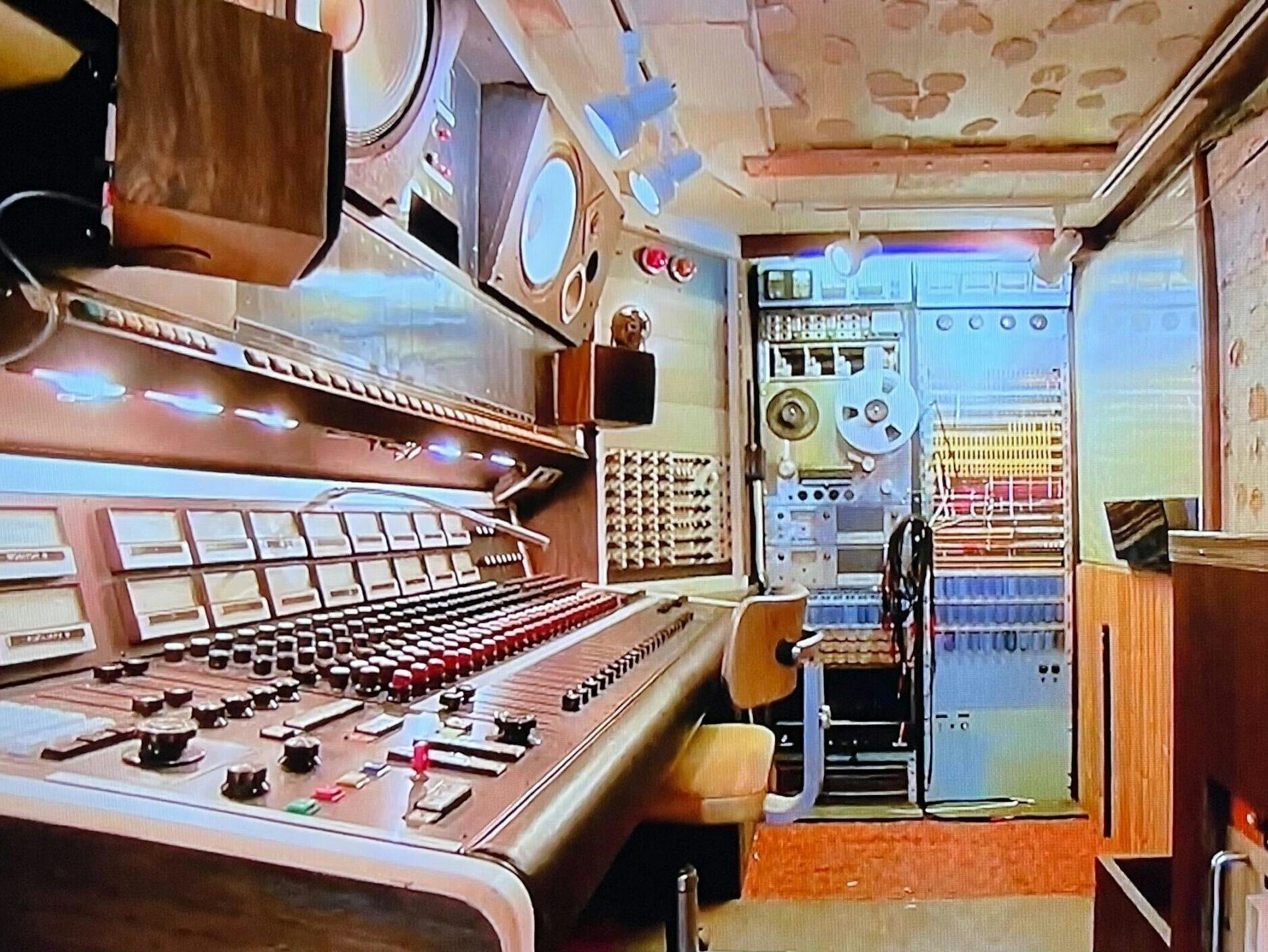
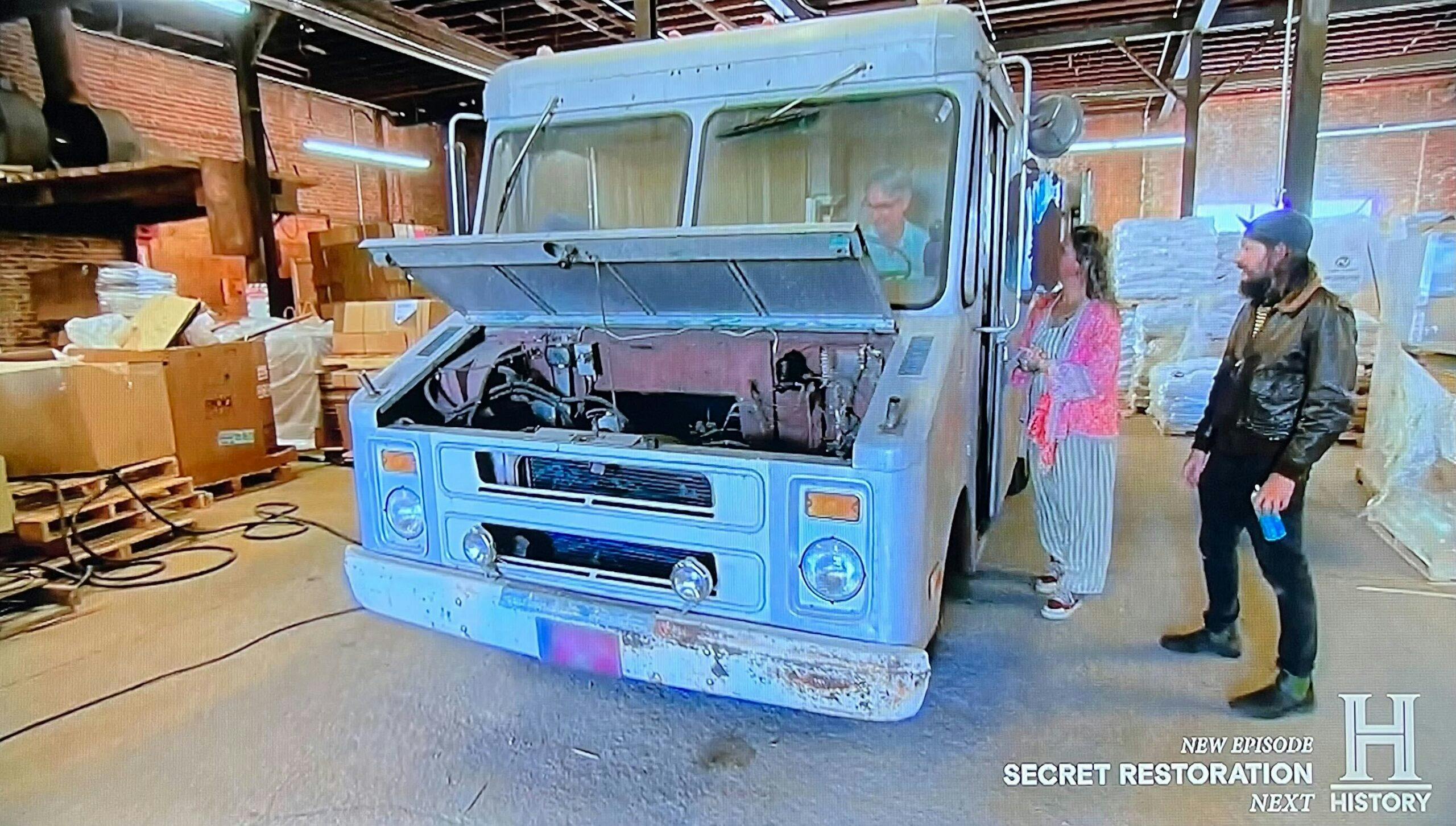
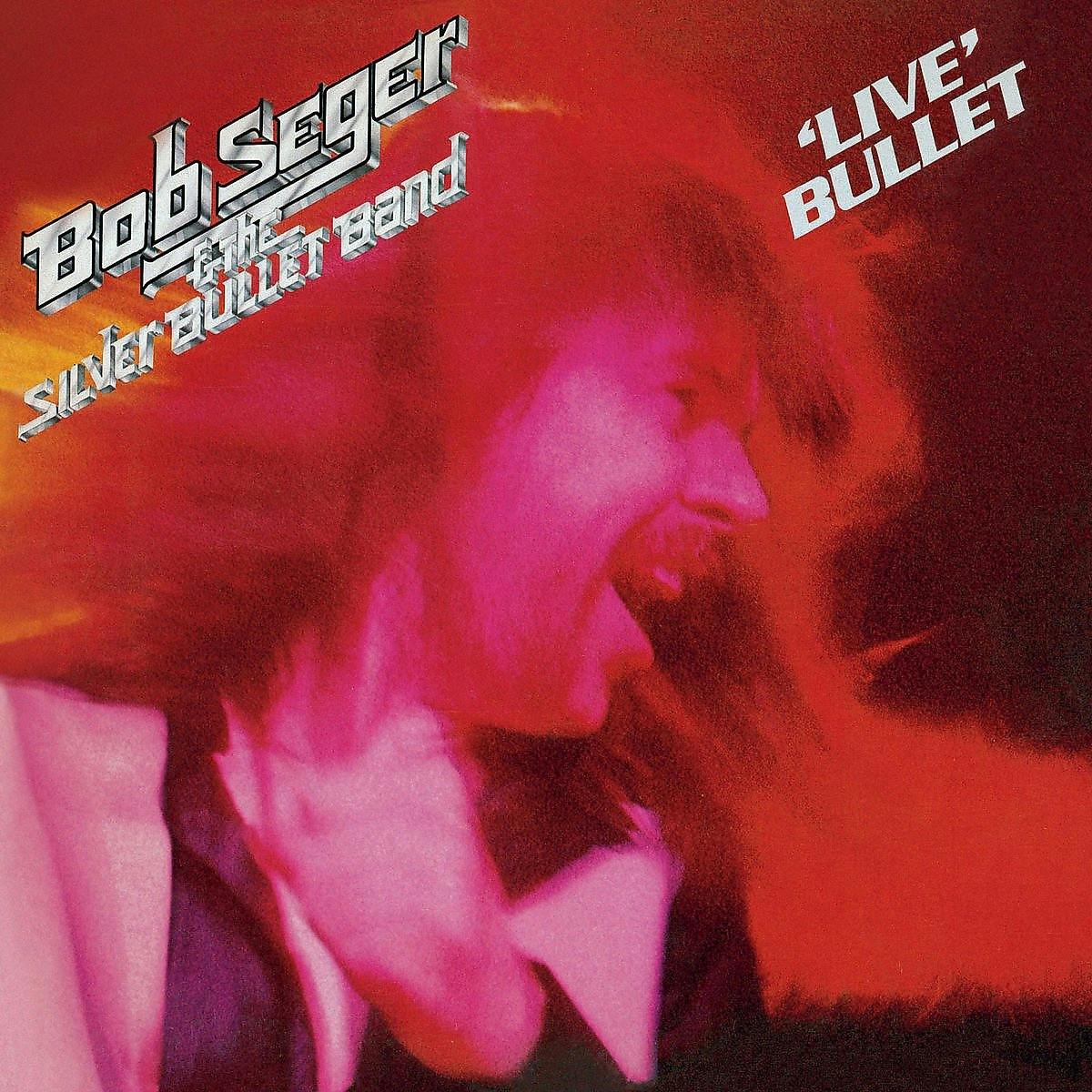
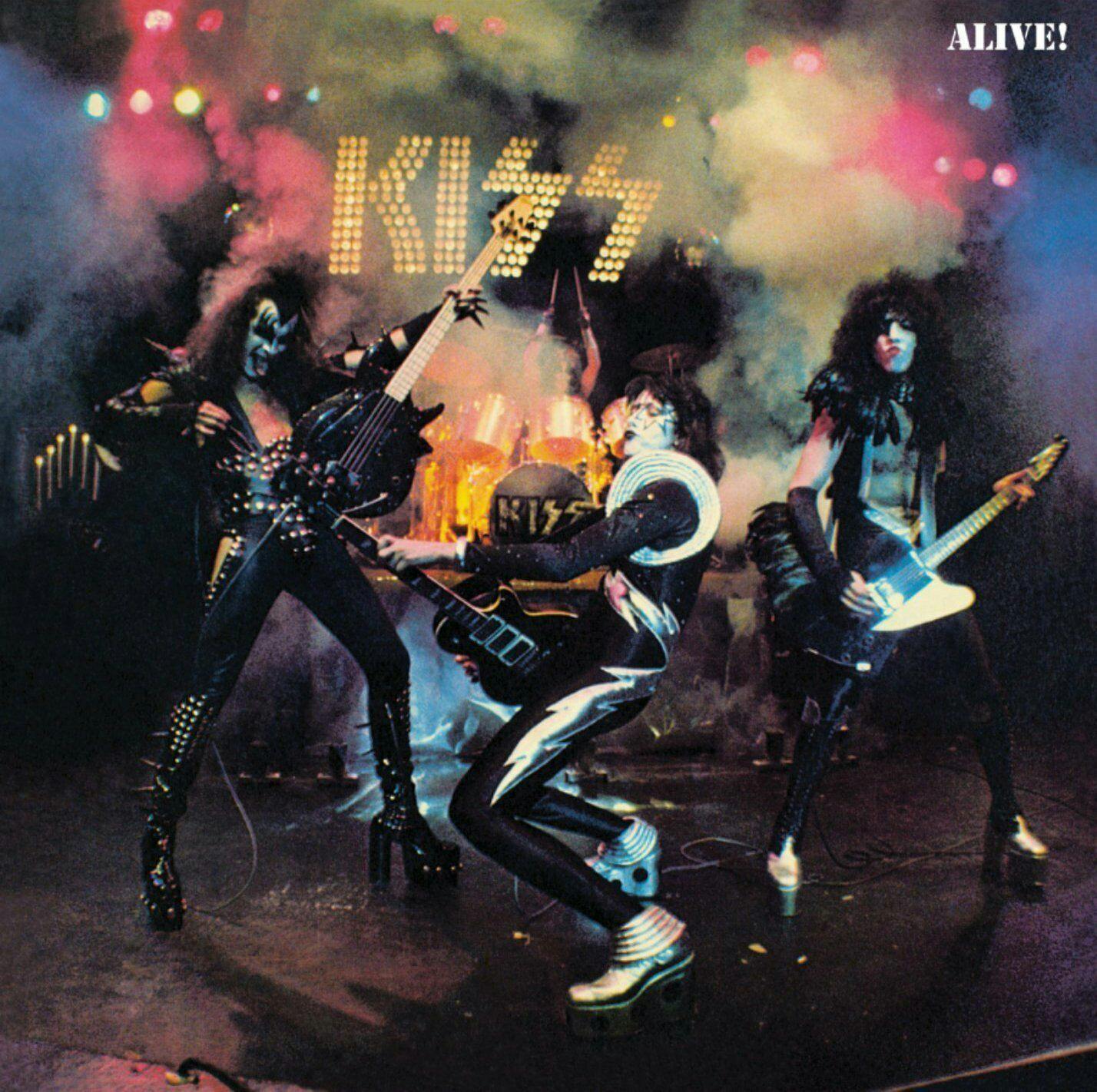
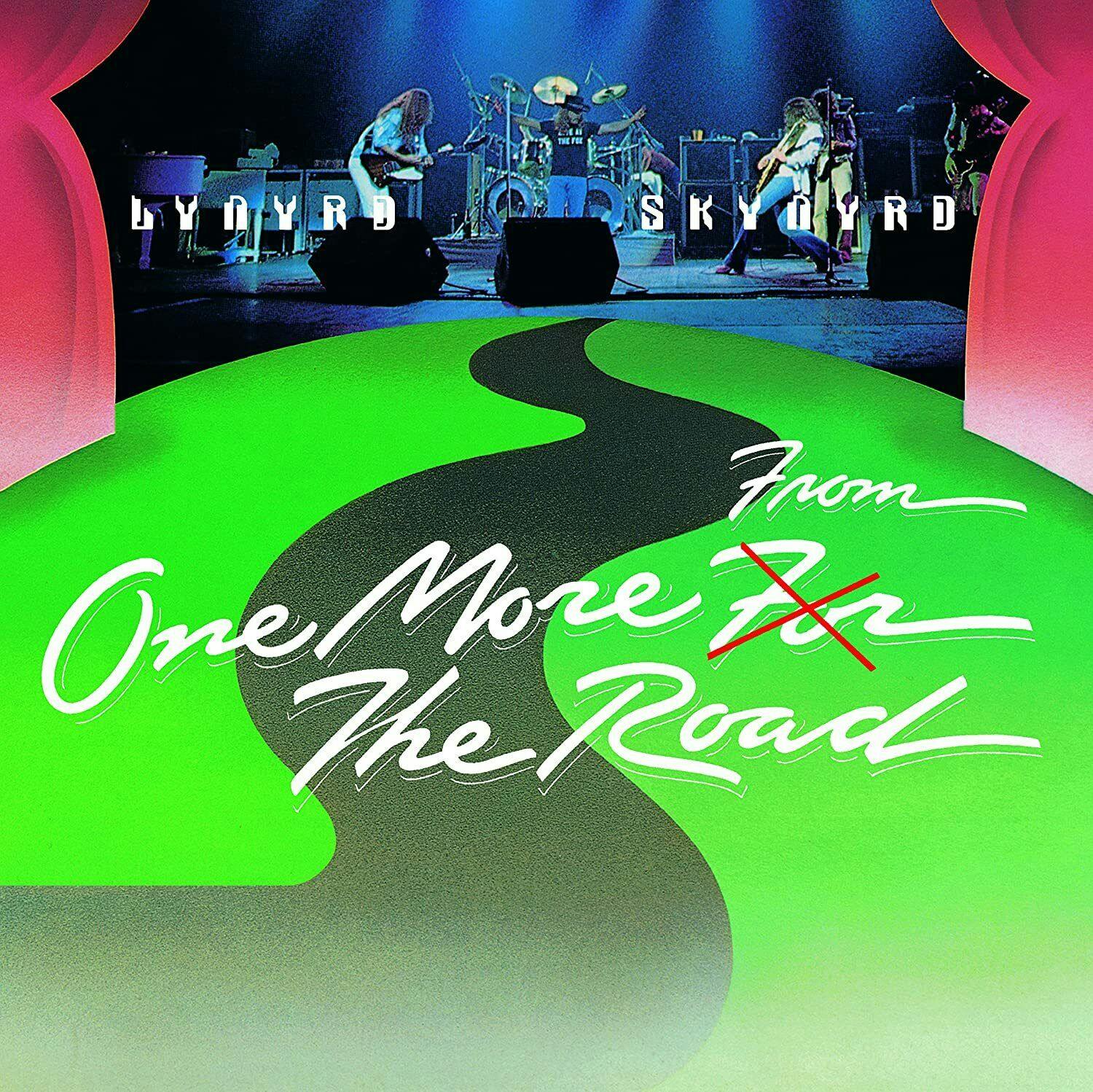
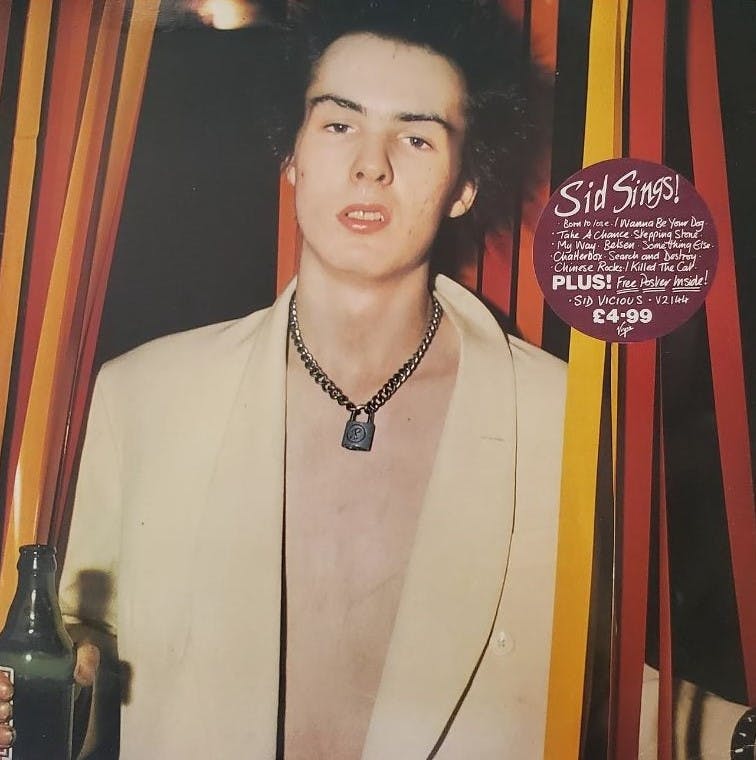

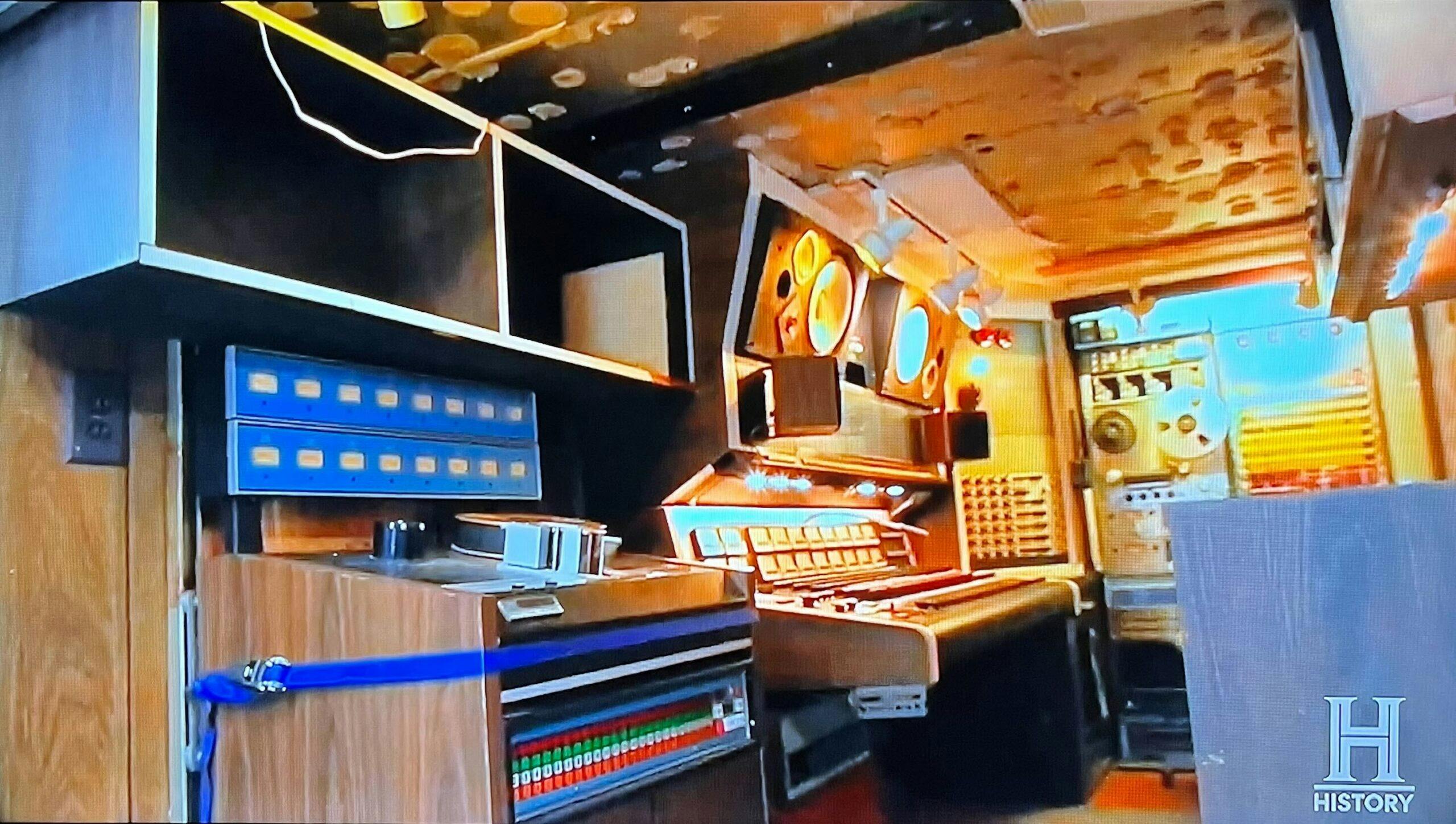
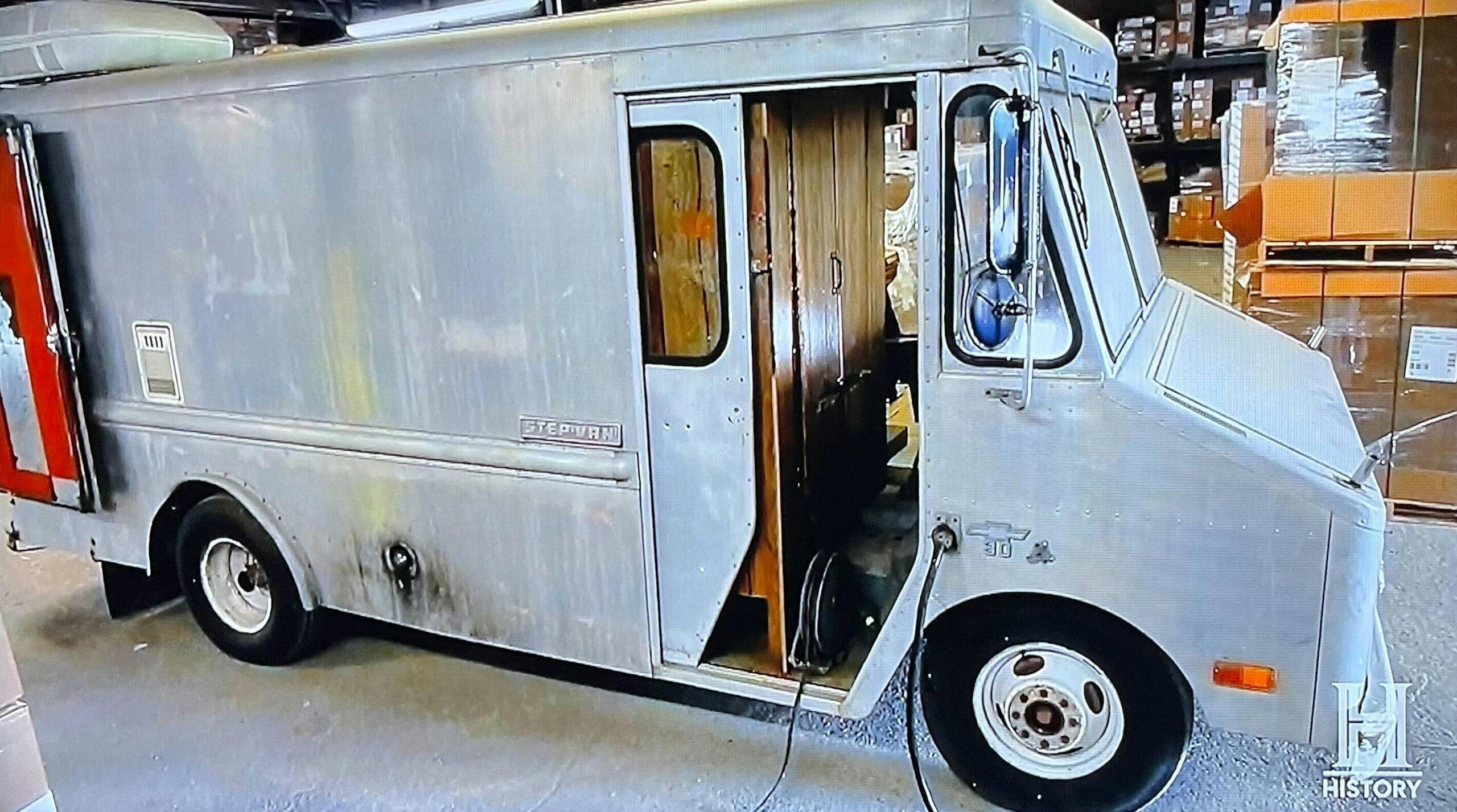
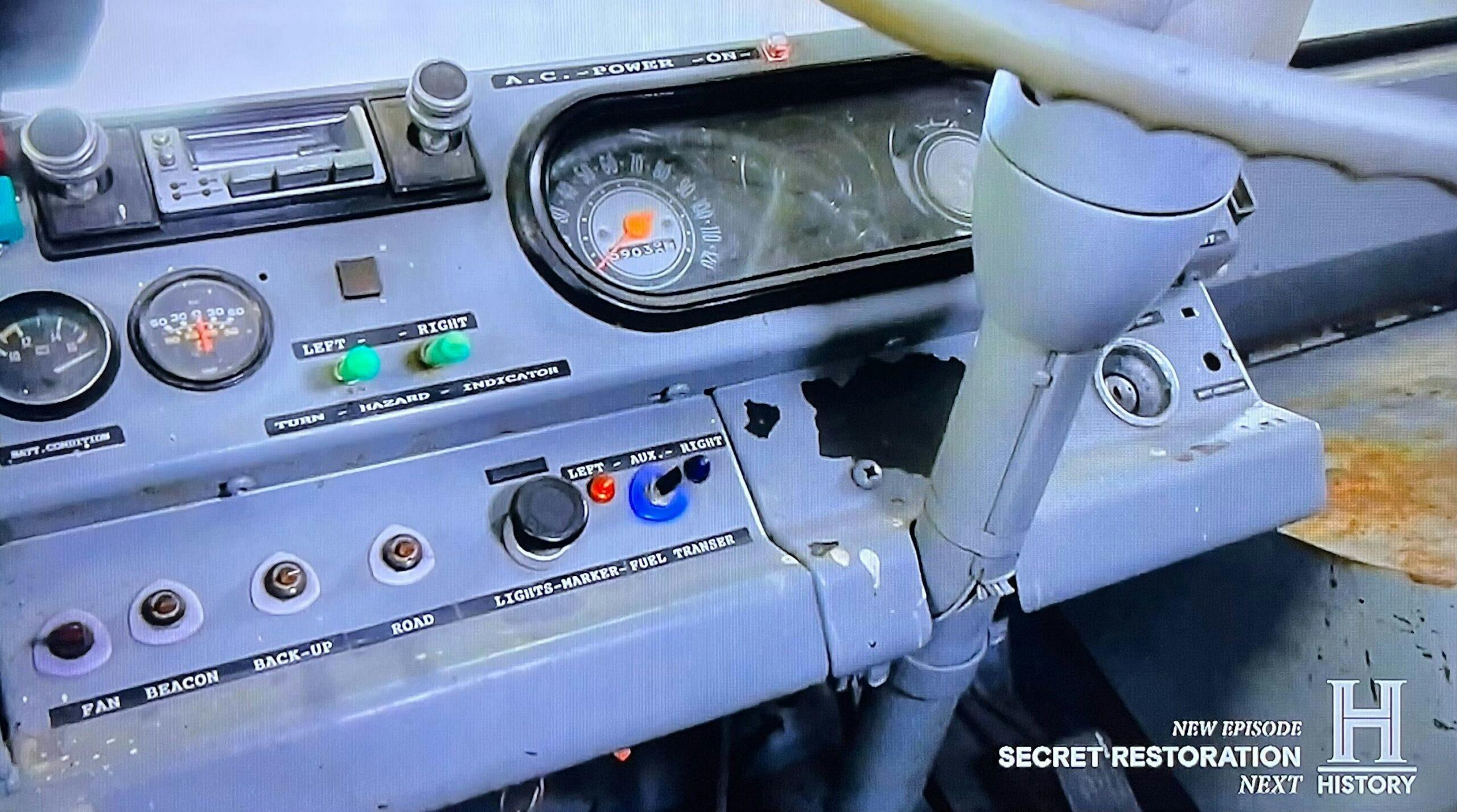

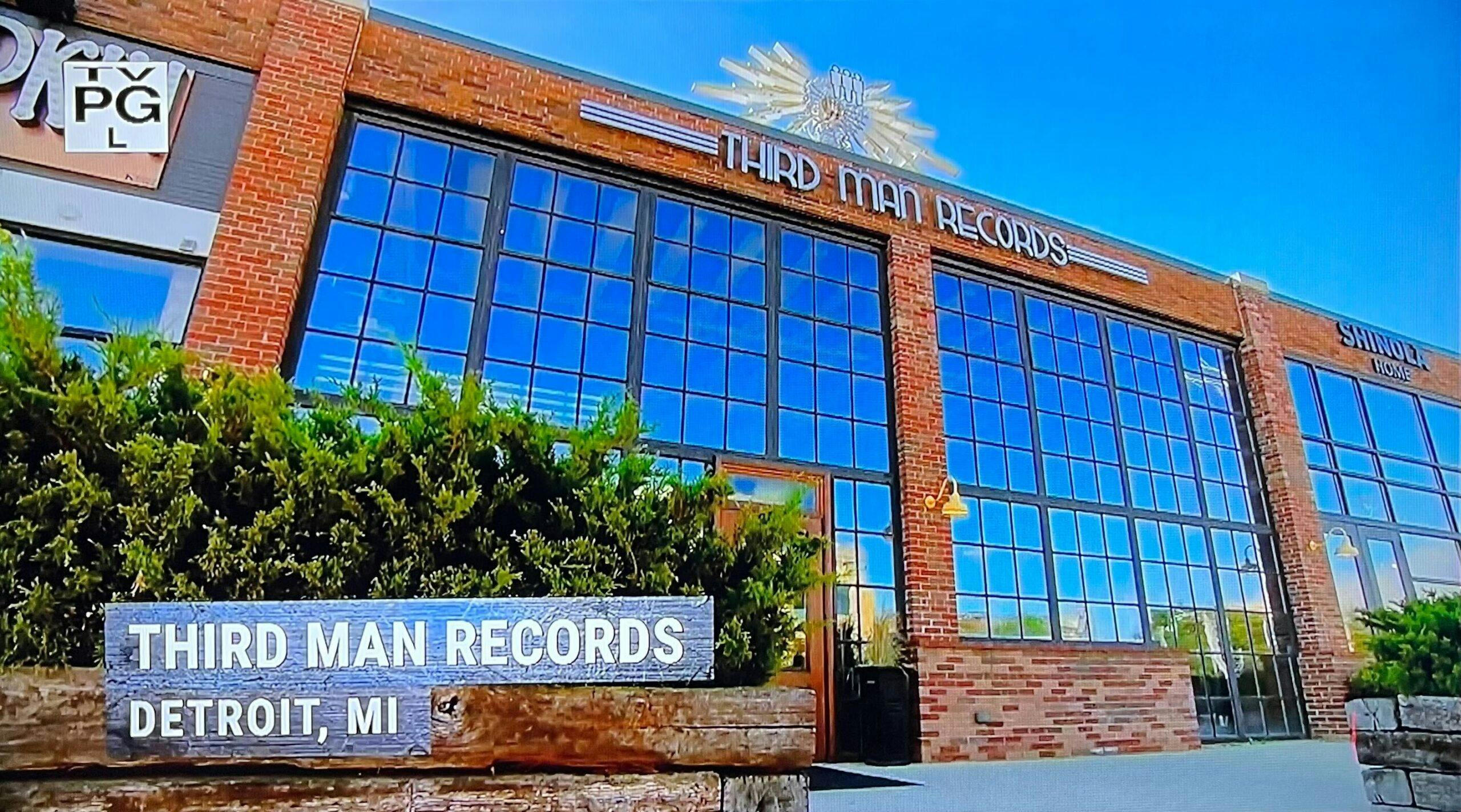
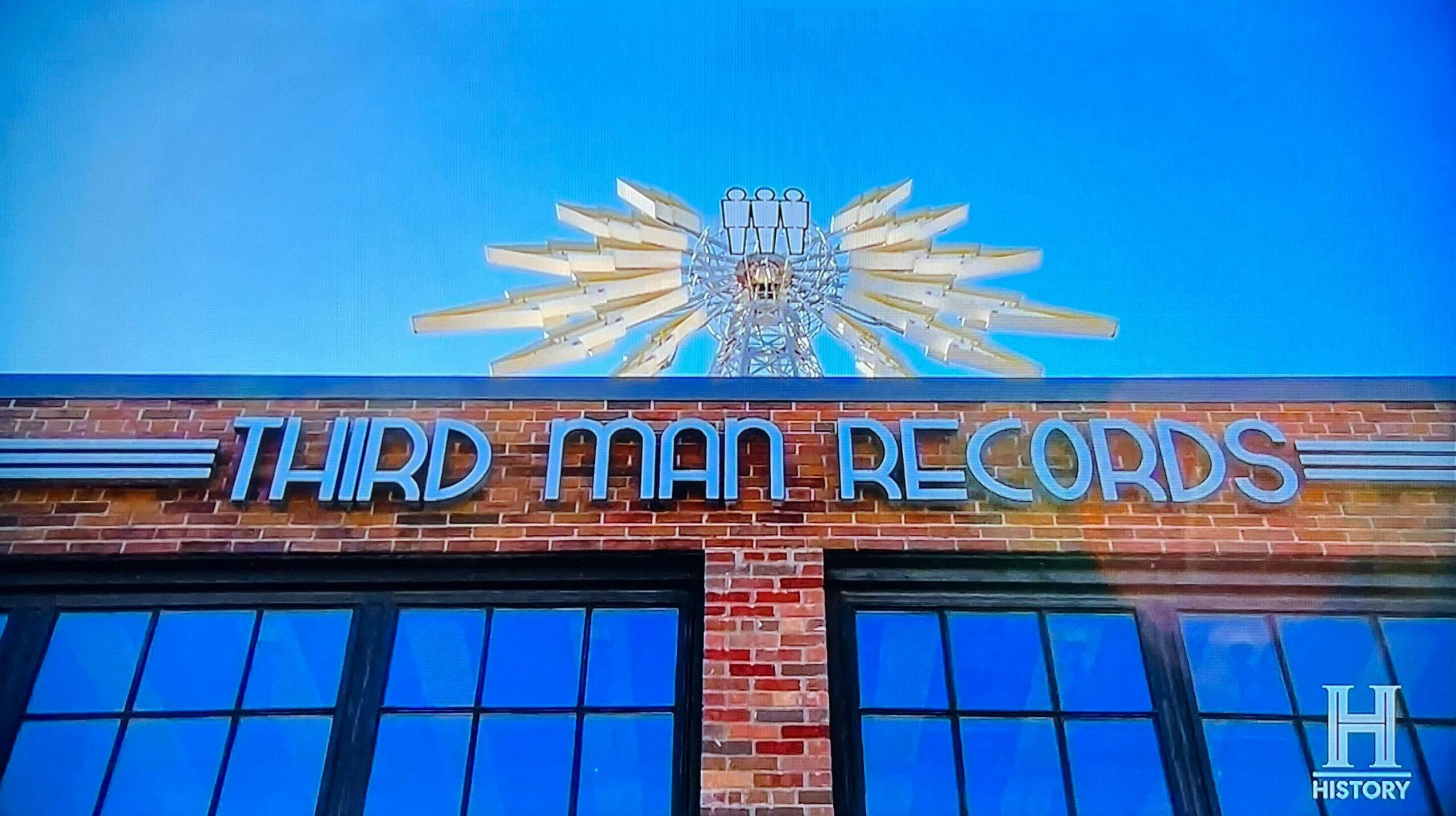
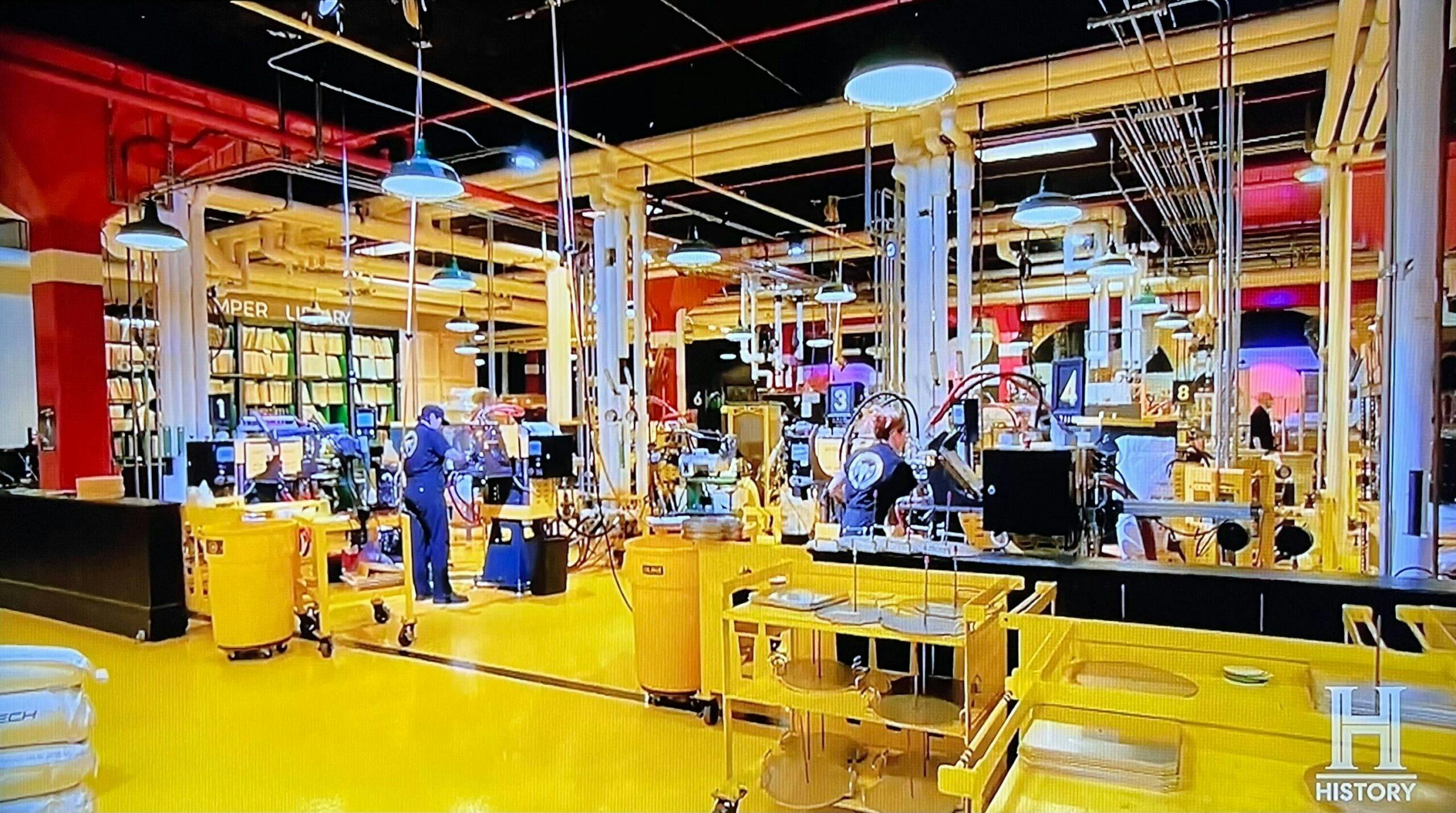
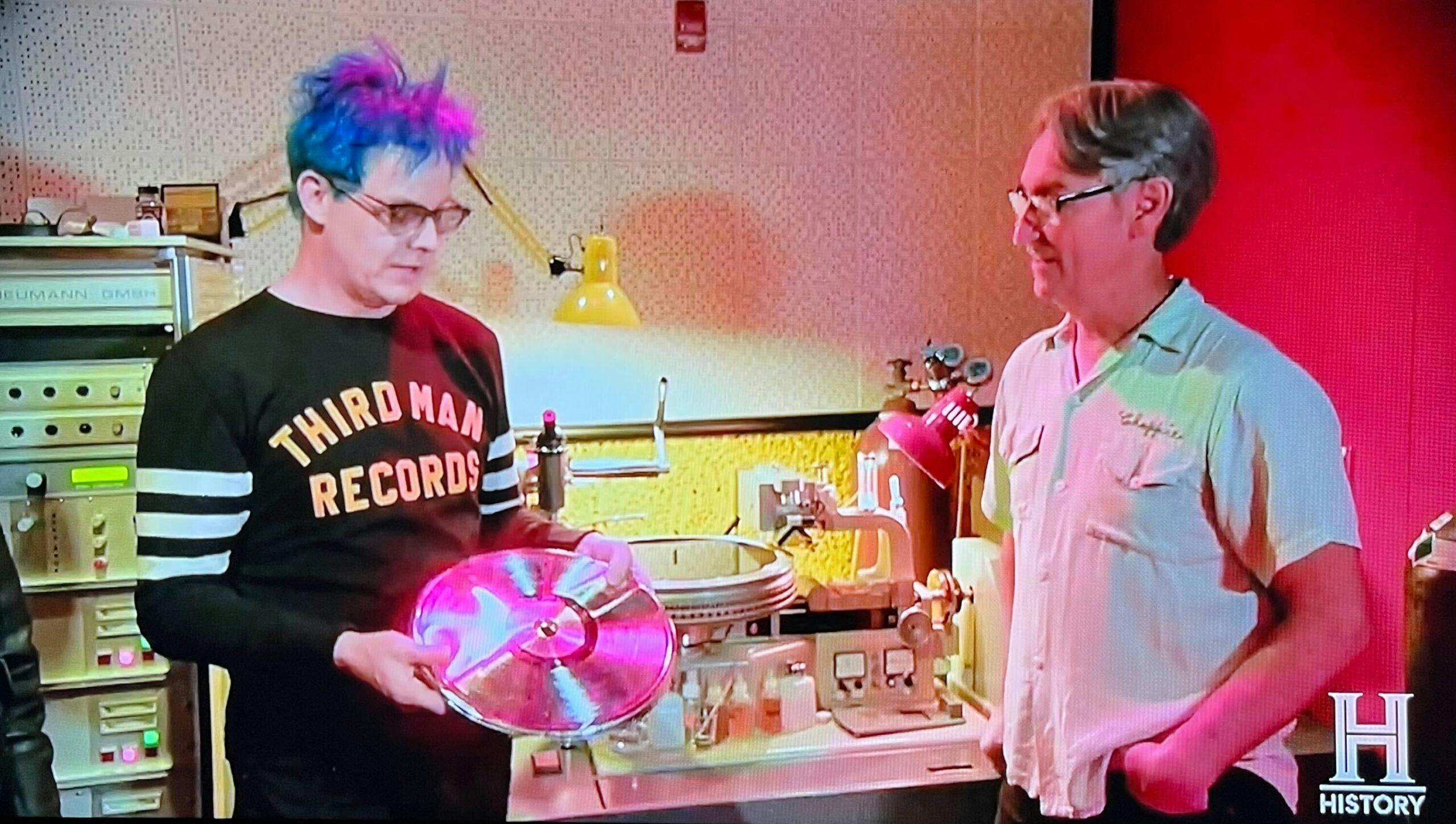
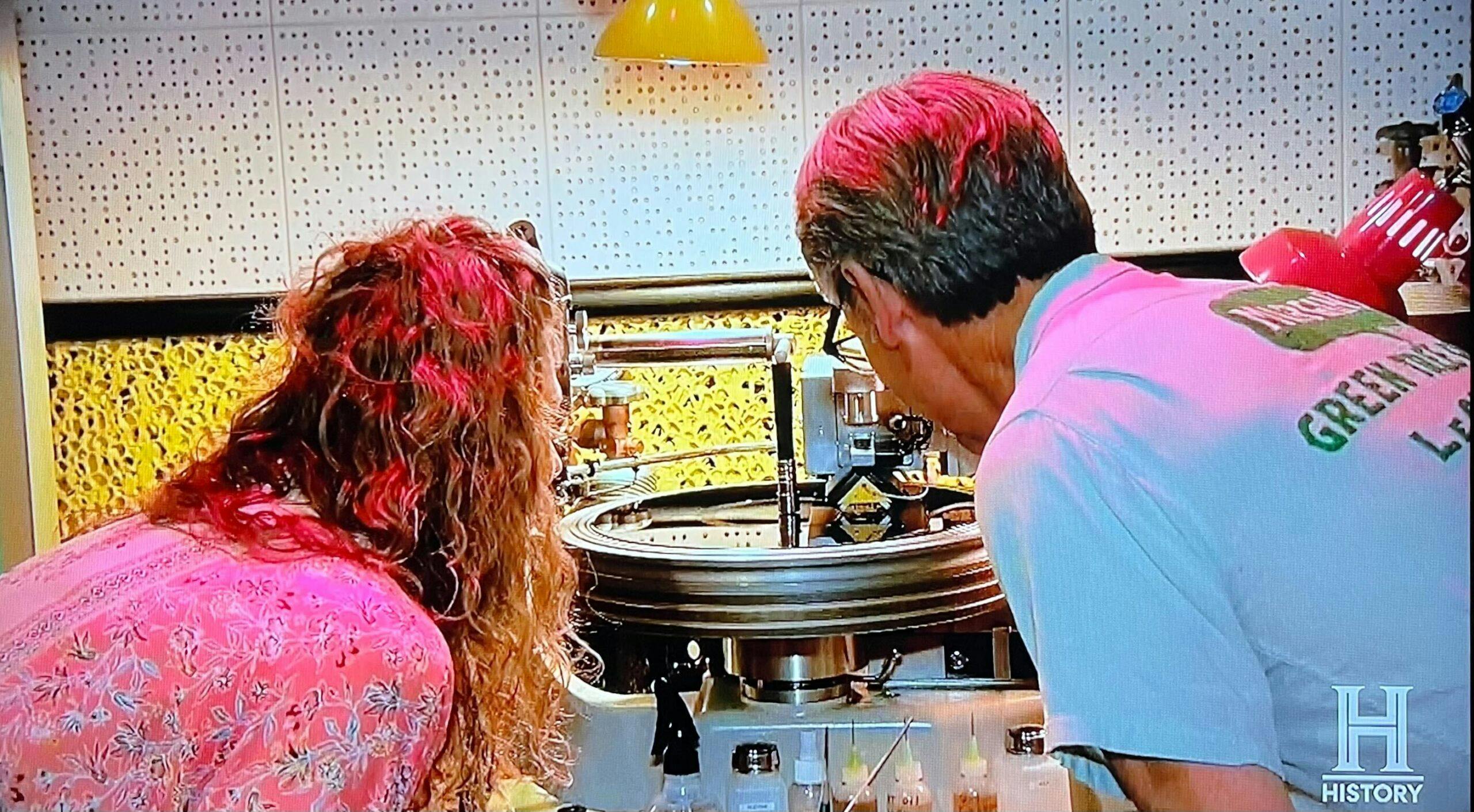


Bob Seger’s Live Bullet:
“Alright, people,
we got the 16-track tape machine rolling out back
If you’ll sing with me just a little bit,
I won’t guarantee it,
but you just might end up on an album”
https://youtu.be/_AG9UgzGM9Q?t=147
I know this is a collector vehicle website, but I’d love to know more about the audio gear that is/was used.
16 tracks on 2″ tape spooling away at probably 30 inches per second. Classic. Big, heavy,
high maintenance machine running very expensive media but an argument can be made that nothing sounds better.
Quite a story. Remarkable story with links locally. Keep us posted